Deadline for Public Comment: May 7
The National Forests in Idaho’s Panhandle need your help. Despite 10,000 miles of logging roads and severe forest damage, there is much to protect and restore – including 48 roadless areas totaling 850,000 acres. The Forest Service is updating its 1987 forest plan and problems are glaring: deleting wilderness recommendations for the southern Selkirks and major portions of Mallard-Larkins, deleting standards that have protected old growth and species viability, and ignoring the mine waste problems.
The toxic floods of the Coeur d’Alene are one of the world’s unique pollution challenges and result from forest damage and mine waste pollution. Toxic floods carry lead, cadmium, and zinc into Lake Coeur d'Alene and the Spokane River – polluting Idaho and Washington’s waters. Despite EPA designating a 1,500 square mile Superfund cleanup site and a National Academies of Science (NAS) review, the proposed forest plan contains no mention of mine wastes, Superfund, or the NAS recommendations.
Suggested comment:
Dear Forest Service,
Please protect our ancient forests and all 48 roadless areas in the forest plan for the Idaho Panhandle National Forests. With climate change and 10,000 miles of existing logging roads, these roadless areas are hugely important for wildlife and clean water. I ask that the roadless areas be protected as wilderness. At a minimum, the 1987 plan’s wilderness recommendations for the southern Selkirks and Mallard Larkins should be continued, as well as the standards to protect old growth and species viability.
Thousands of miles of logging roads and loss of forest canopy are worsening floods that carry mine wastes - lead, cadmium, zinc - into Lake Coeur d'Alene and the Spokane River. Please recognize the National Academies of Science assessments and connect your Forest Plan with EPA's Superfund cleanup plan for the Coeur d'Alene Basin: restoring watershed forests are essential in protecting Lake Coeur d’Alene and the Spokane River.l
Where to send your comment:
e-mail: IPNFplanrevision@fs.fed.us
mail: Idaho Panhandle National Forests, Forest Plan Revision, 3815 Schreiber Way, Coeur d’Alene, ID, 83815
Overview
Clearcutting our National Forests prompted Congress to establish forest planning. Every 10 to 15 years the forests’ owners – the American people - can inform the Forest Service how an entire National Forest should be managed.
The National Forests are worth caring about – including the Idaho Panhandle National Forests. From world class lake and stream fishing, rare wildlife such as caribou, lynx, and grizzly bear, to thousand-year-old ancient forests and rugged wilderness, these forests are stunningly important – and worth caring about.
Bad things happened to these forests. Bulldozers cut about 10,000 miles of logging roads into these forested slopes (New York Times), opening the forests to clearcutting. One of the world’s richest mining districts – the Coeur d’Alene – went bust, leaving behind 100 million tons of mine wastes dumped in streams and polluting 160 miles of rivers and lakes and 10,000 acres of wetlands with lead, cadmium, zinc, and other toxins. Unique elevation and weather-pattern features of these forests make them prone to flooding – now aggravated by massive damage from clearcutting and road building. Floods move the mining pollution downstream into Lake Coeur d’Alene and the Spokane River.
Here on the Idaho Panhandle, much is to protect and recover. An archipelago of 48 roadless areas in a sea of damaged National Forest are still left. So too are many streamsides intact and pockets of ancient forests still standing after logging’s frenzy – all habitat and refuge for an incredible array of wildlife. Climate change underscores our need to protect this National Forest – and others.
Swan dead from lead poisoning from mine-waste polluted wetlands of the Coeur d’Alene Valley, a place biologists call “the killing fields”. Flood waters moving across these floodplains move mine wastes into Lake Coeur d’Alene and the Spokane River.
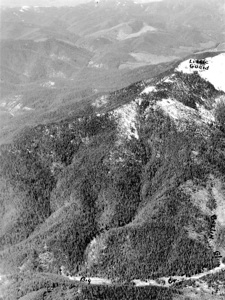
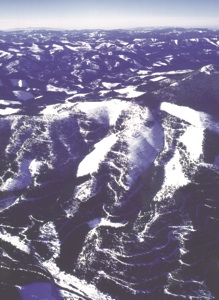
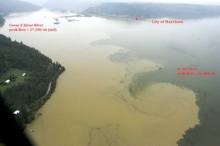






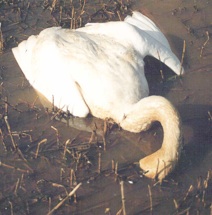
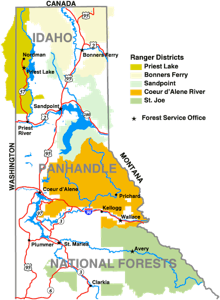
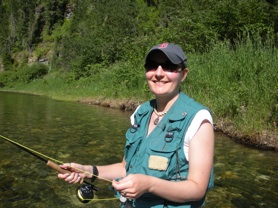
![“More than half [of Idaho’s] surface water is on the Forest. These vast lakes and miles of rivers support a world class fishery.” Forest Service DEIS 283](Home_files/shapeimage_5.png)